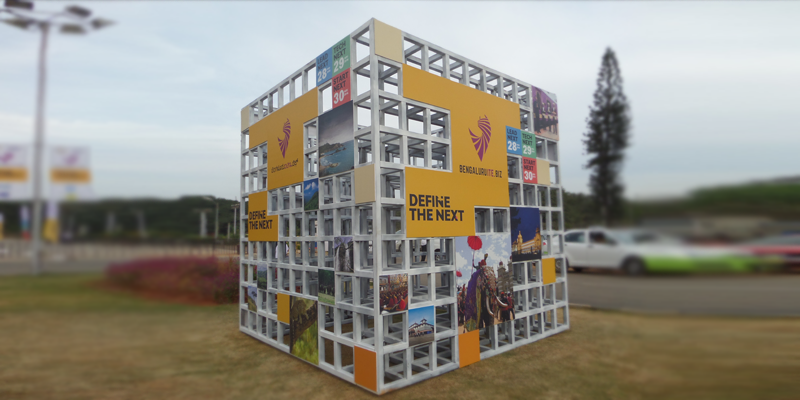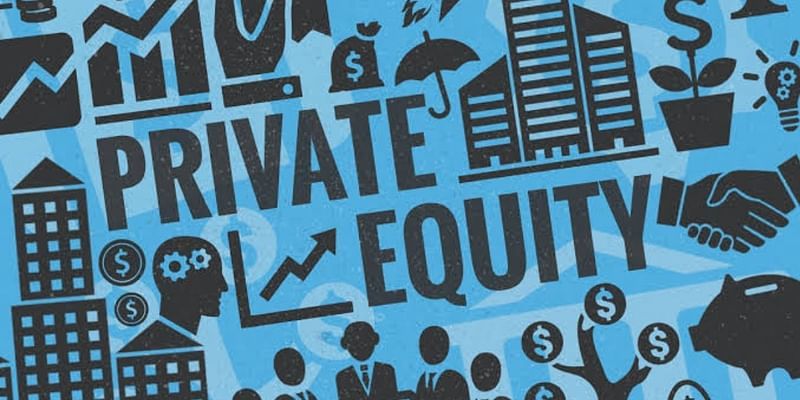Data, decisions, design: strategies for a Smart City
The benefits of technology can help transform industry and society – provided leadership and creativity can be harnessed to make better decisions and design more livable environments, according to speakers on Day Three of Bangalore ITE.biz 2016, in the Creativity World Forum.
See also YourStory’s coverage of the conference themes such as automation, entrepreneurship, innovation, digitisation, infrastructure, and disruption. The exhibition area featured dozens of startups from across the spectrum (see photo showcase, and last year’s entrepreneur lineup).

The urban mess
The list of urban woes in India seems to be growing larger and faster: pollution, traffic jams, safety hazards, long commute times, lack of parking spaces and lack of driver discipline, lamented Anadi Mahajan, VP Embedded Engineering at TrakNTell. There is not enough attention paid to design of pedestrian sidewalks and bike lanes.
Mobility solutions can come to the rescue here, in key categories: autonomous vehicles, realtime traffic data, vehicle telemetry, hybrid vehicles, AR, and preventive fault management. Different levels of automation for augmented driving can come into play here, according to Anadi.
SAE International's On-Road Automated Vehicle Standards Committee has come up with five levels of automation in vehicle navigation. These include driver assistance, partial automation, conditional automation, high automation and full automation.
Sharing, renting, connecting
Multimodal transport solutions are the need of the hour for urbanising India, said Arvind Balaji, Joint Managing Director of Lucas-TVS. Trends to watch and promote are resource sharing (eg. cabs) and rentals (bicycles, electric cars). Cars of today are no longer ‘stand-alone’ devices of the past, and increasingly are connected to other cars, phones, businesses, homes, content, and services.
Technology can help design and promote more safe, efficient and orderly flow of traffic. Indian companies have a change to innovate in this area and build value through IP, not just low cost skills, urged Arvind.
Sweeping regulatory forces are changing the automotive industry, said Jabez Dhinagar, VP Advanced Engineering, TVS Motors. 2030 will be the end of the internal combustion engine (IC) in Europe, and by 2050 there will be no tailpipe emissions, according to industry reports.
Technology is changing the way we drive bikes and cars. “There will be no need to shout at people who cut you off because no one will cut you off! New bikes won’t let you fall, thanks to gyroscopic stabilisation,” joked Jabez.
“We are witnessing the Big Bang of smart devices,” observed Jairam Pillai, Managing Director, National Instruments India. The growth in automobile electronics is so big that many customers even make their purchase decisions based on the infotainment technology available.
Electronics and software are now being used to improve ADAS (advanced driver assistance systems), collision mitigation, blind spot detection, and RADAR/LIDAR detection. Tractive power systems are becoming increasingly hybrid and electric, and diesel is now being seen as a pariah fuel. “But the entire chain, including electric power supply, must become green,” said Jabez.

Data-driven decisions
There is a wealth of data available from government and the Internet, which can be used for visualisation and decision support. “Data can be used in storytelling,” said Anand S., Chief Data Scientist at Gramener.
He showed how data from magazine surveys can be analysed to see which cities in India are most liberal (eg. Mumbai) and which are more conservative (eg. Pune). “We have to be entrepreneurial in the way we get data,” said Anand, drawing on Google search terms to show what Indians seem to be searching for these days (‘how to get a Jio SIM card,’ ‘how to use Paytm)!
Crunching examination pass data in Tamil Nadu showed how some immigrant communities seem to be doing better, whereas rural communities were not doing as well. Analysing electricity bill payments by slab amounts in Hyderabad showed which neighbourhoods had the highest level of inconsistencies – and perhaps high levels of corruption as well.

Citizen engagement
Decisions for smart city implementations will need to come not just from planners and implementers but from citizens as well. Decisions will also have to made earlier in the urban planning stages and not put off till it becomes too late. “Mumbai is a good example of the bad consequences of not attending to urbanisation properly or early enough,” cautioned S.V. Ranganath, former Chief Secretary of Karnataka.
Good governance is about cheaper, better, and faster decision making and citizen services. Pressing challenges for cities like Bengaluru are traffic management, garbage collection and disposal, and halting illegal construction, said Ranganath.
There should also be more interaction between arts, humanities, science and policy communities, according to industry experts. Encouraging signs of such awareness were the musical performances between the panel sessions in the Creativity World Forum, and the interactive exhibits blending science and art by IISc and Srishti School of Design.

YourStory is a social media partner for BengaluruITE.biz.







![[Startup Bharat] Y Combinator-backed BeWell Digital is enabling the digital transformation of radiologists](https://images.yourstory.com/cs/2/40d66ae0f37111eb854989d40ab39087/ImagesFrames31-1648033042143.png)



![[Funding alert] Freight Tiger raises $8M led by Lightspeed, Dalmia Group, and Pawan Munjal Family Trust](https://images.yourstory.com/cs/wordpress/2019/01/Freight.png)